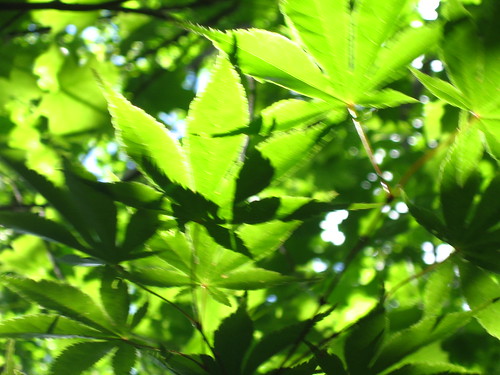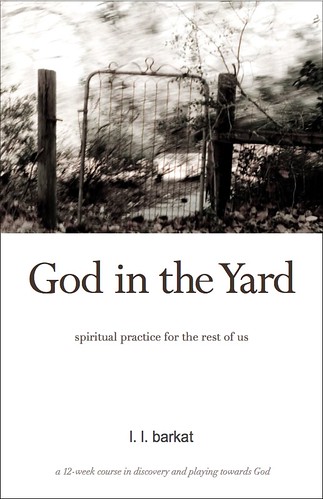 The greener the setting, the more the relief.
The greener the setting, the more the relief. This is the tentative conclusion of new studies that explore directed-attention fatigue and nature's ability to provide restoration.
Directed attention is the kind that purposely focuses on a task (like writing this blog post!). It differs from
fascination, a meandering kind of thinking without particular goals, that tends to arise in natural settings.
While too much directed attention can encourage
impulsive behavior, agitation, irritation...inability to concentrate, fascination helps a person
work better and think more clearly.
The studies compare other types of relaxation like taking walks in urban areas, sitting quietly or listening to music to spending time in natural settings. The natural settings produce greater focus, more positive emotions and reduction of anger.
This explains a few things. It explains a statement I made to my spouse last year, while I stood gazing over brilliant green fields.
It's so healing, I said.
I feel like I'm actually having a physiological reaction. Maybe I was. It explains too why this past year of
going outside daily was perhaps the perfect ending to the prior year, when I
wrote a book and came out that experience with great lethargy, irritability, even sadness.
All this talk of the restorative power of green spaces makes me want to lie down in green pastures. Literally.
Split Maple Leaves Photo, by Sara. Used with permission. Info on nature studies is from pp. 101-103 of
Last Child in the Woods.
NEW LINKS TO THIS POST:
LL's
Designing with Biophilia in MindMaria's
Small World for Not So Small PeopleSTONE CROSSINGS:
Ann Voskamp's
Finding Grace in Hard PlacesTed's latest book club post:
Old Stone Church: LoveLabels: creation, Last Child in the Woods, Richard Louv, technology fatigue















